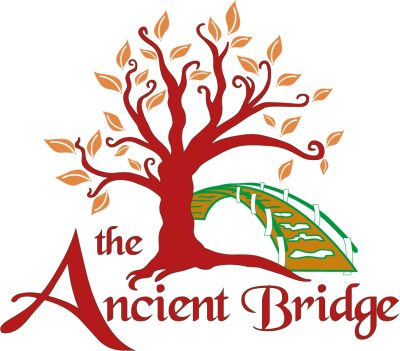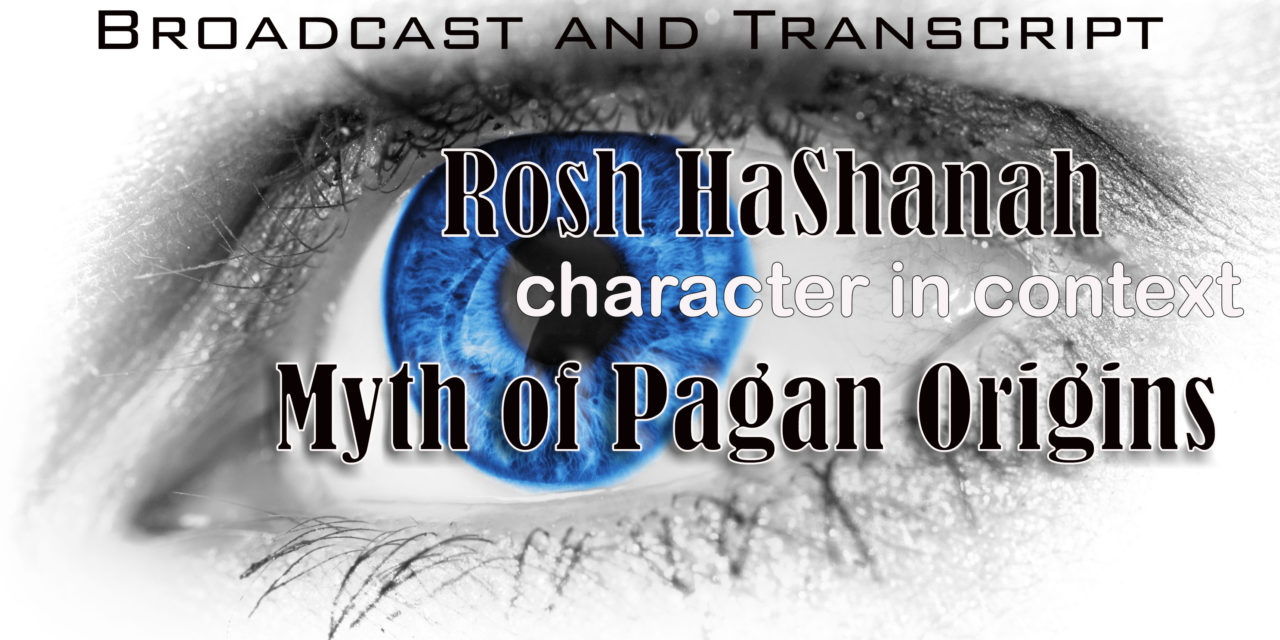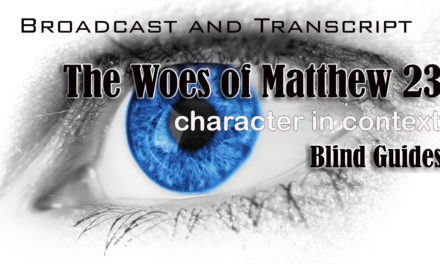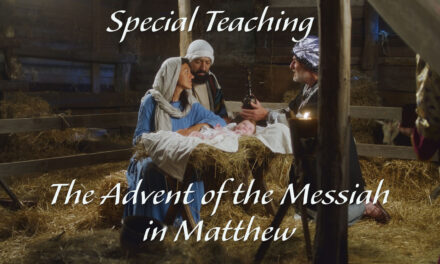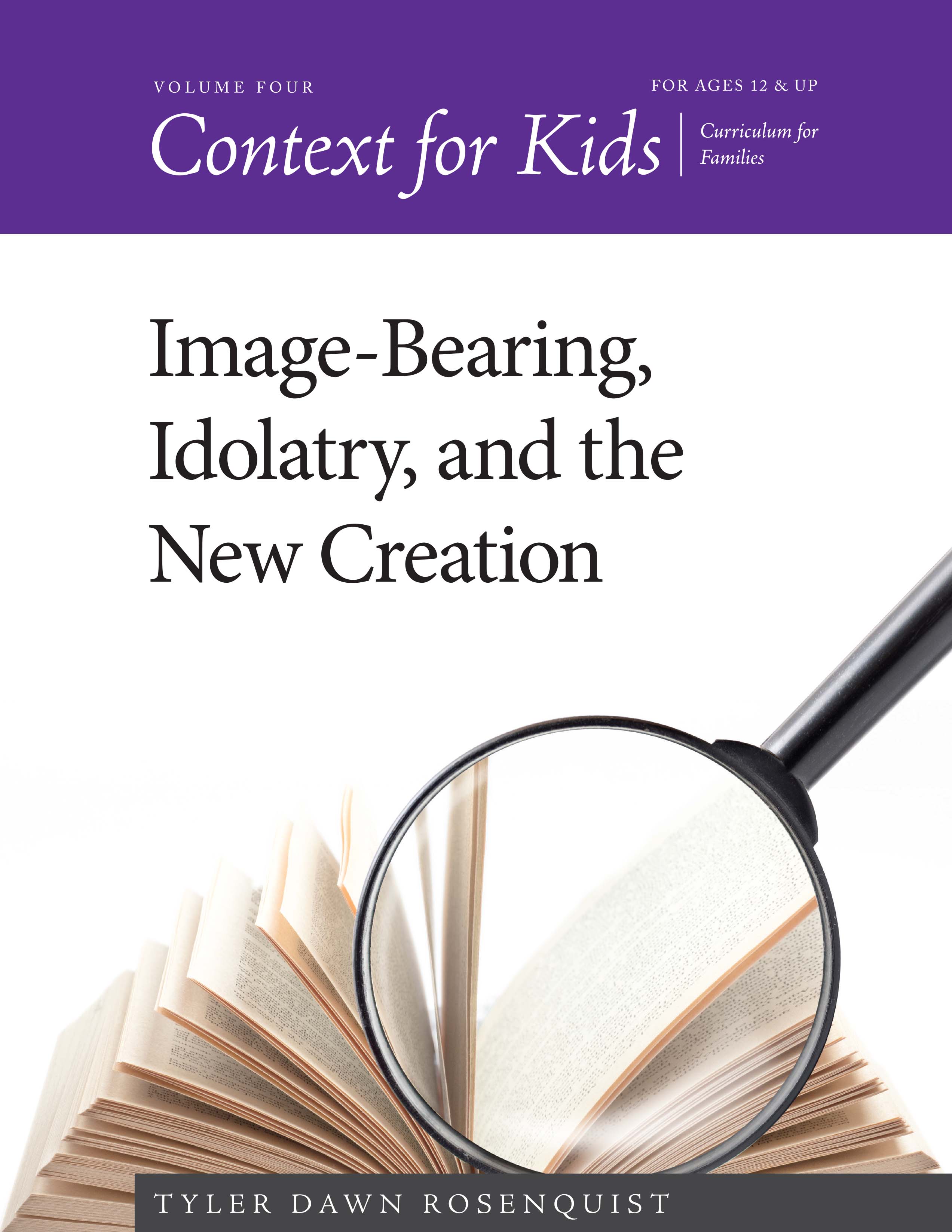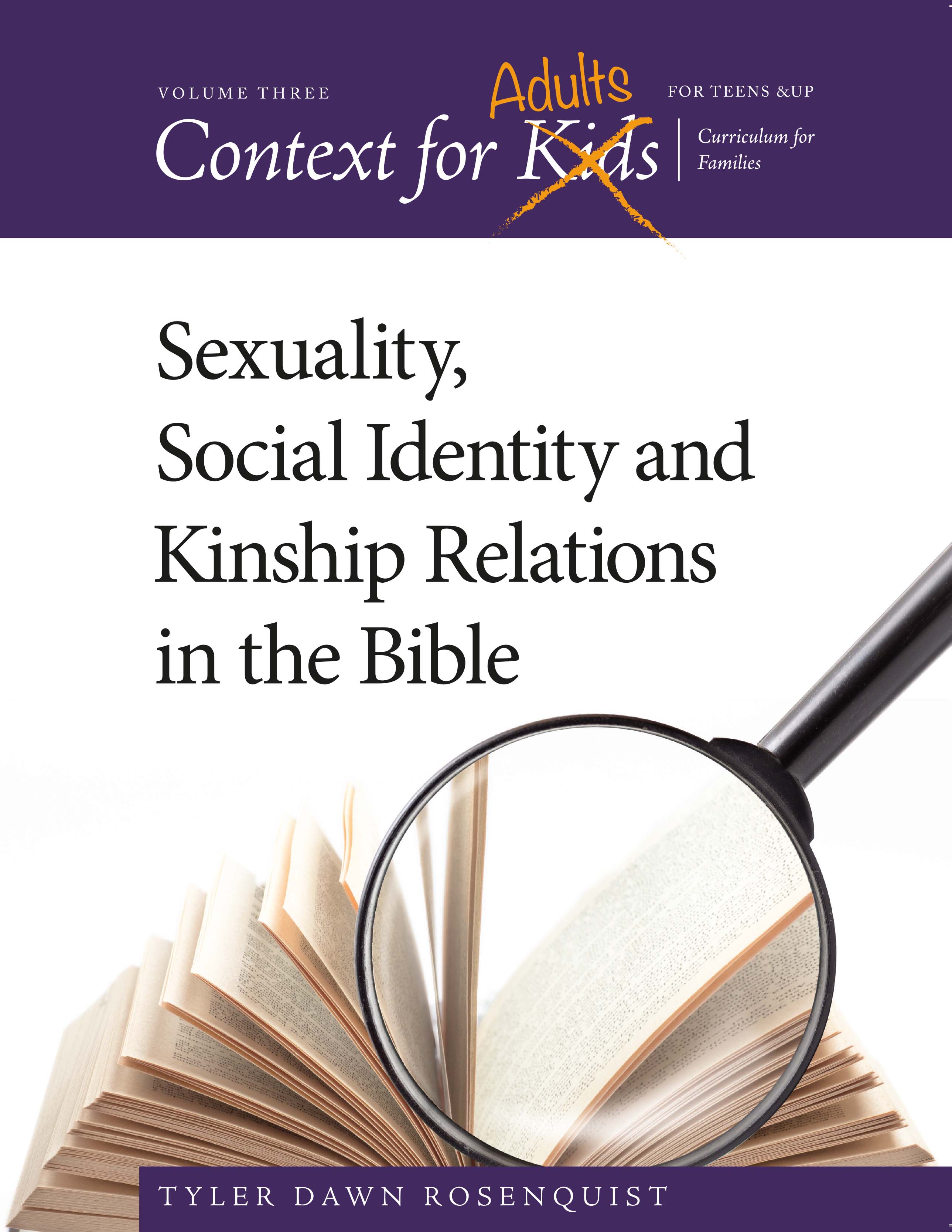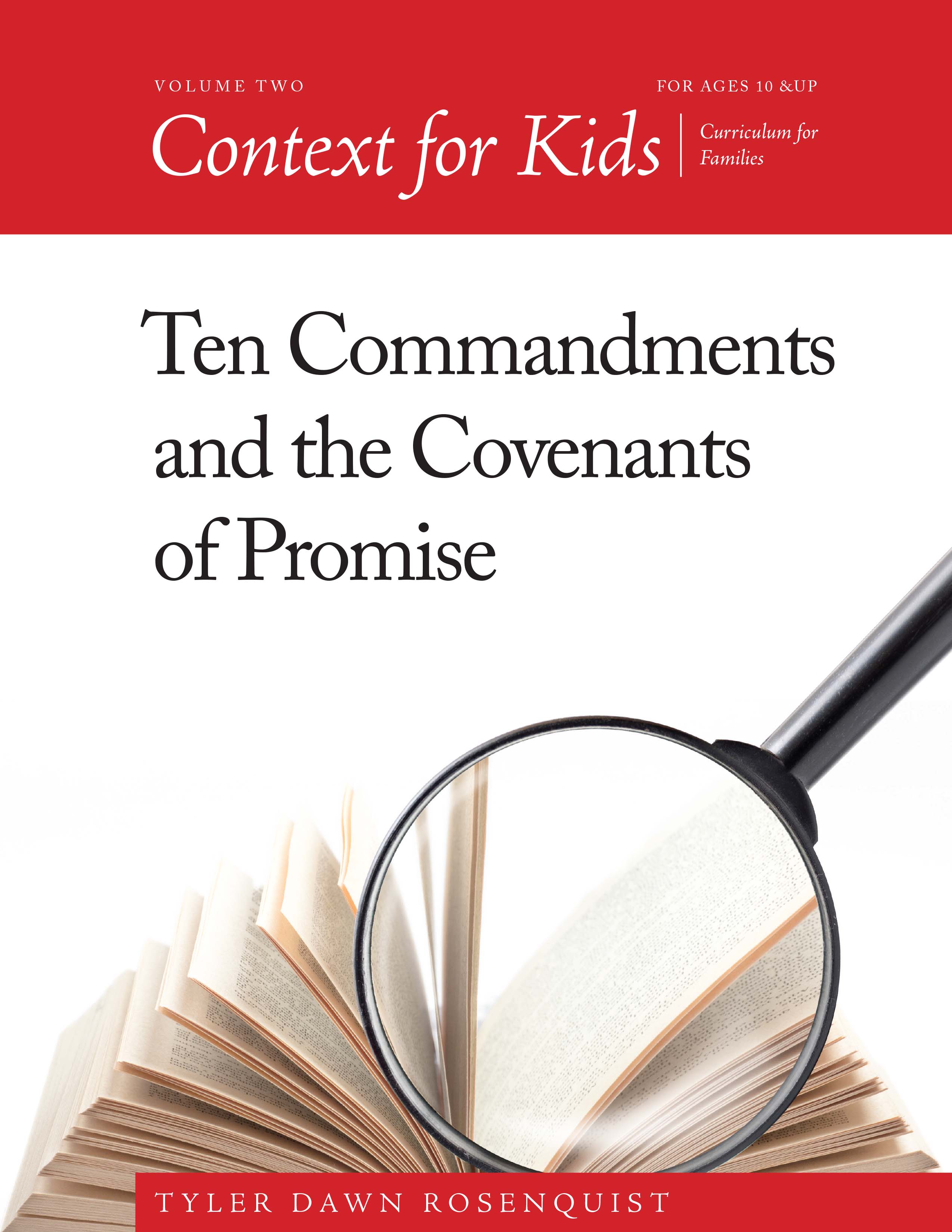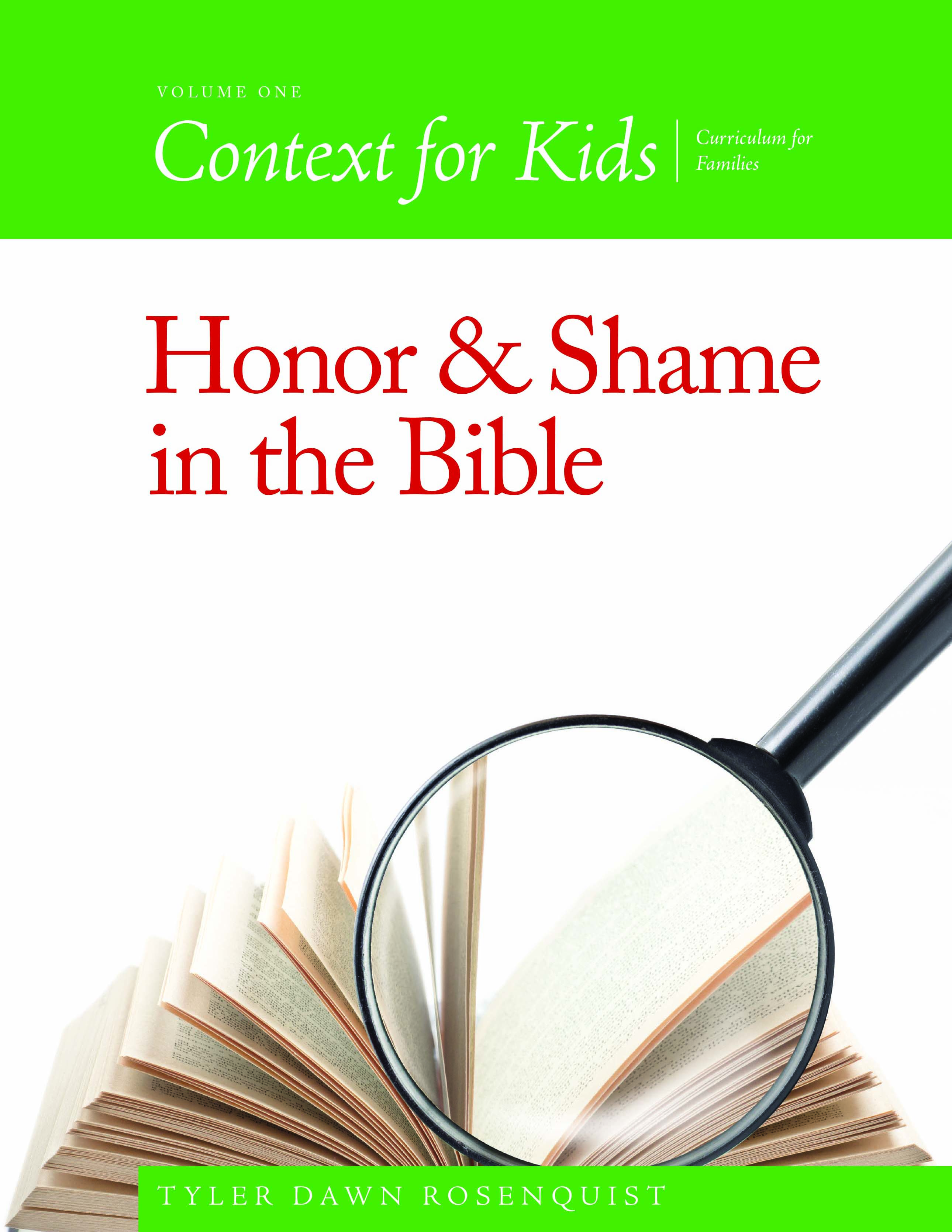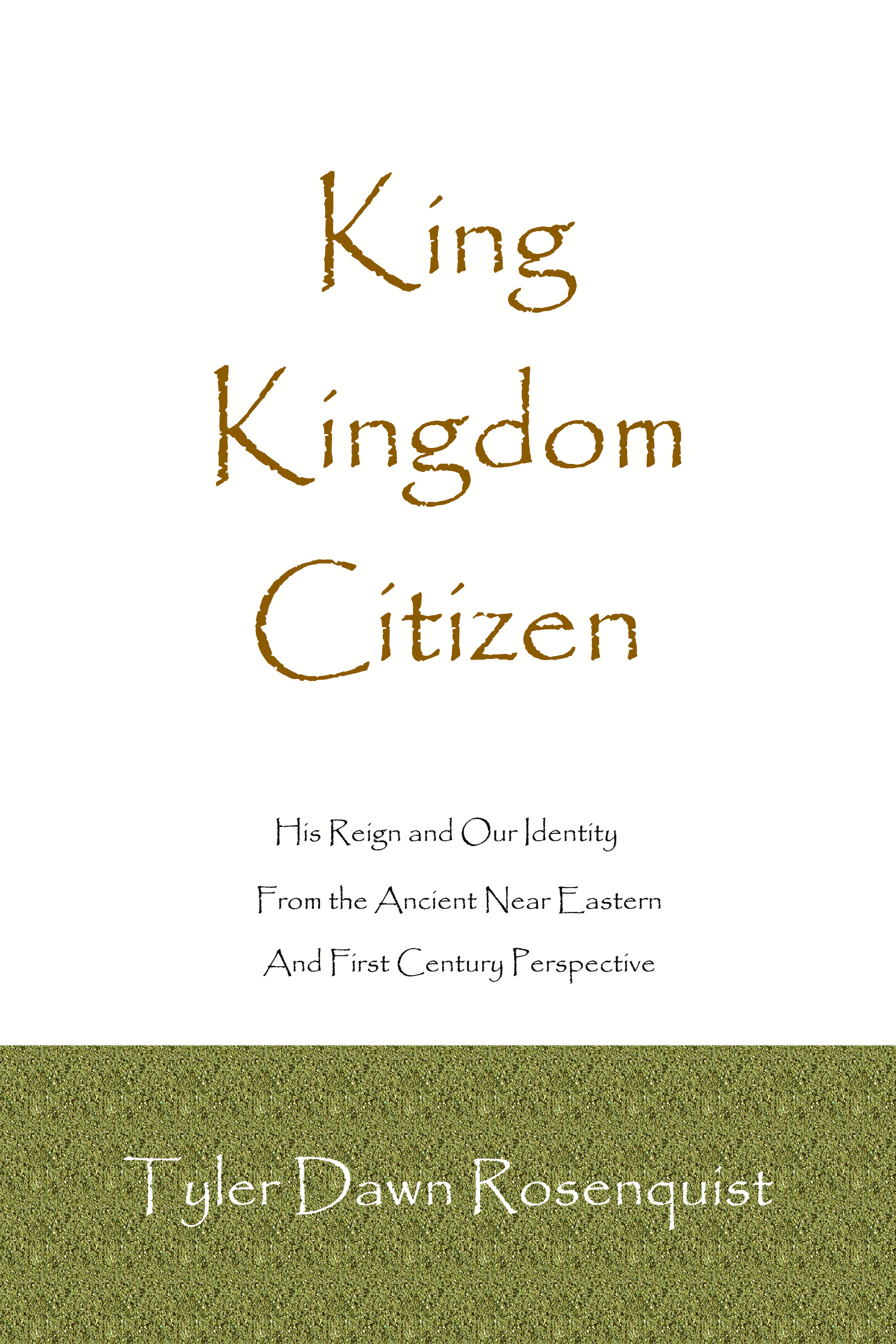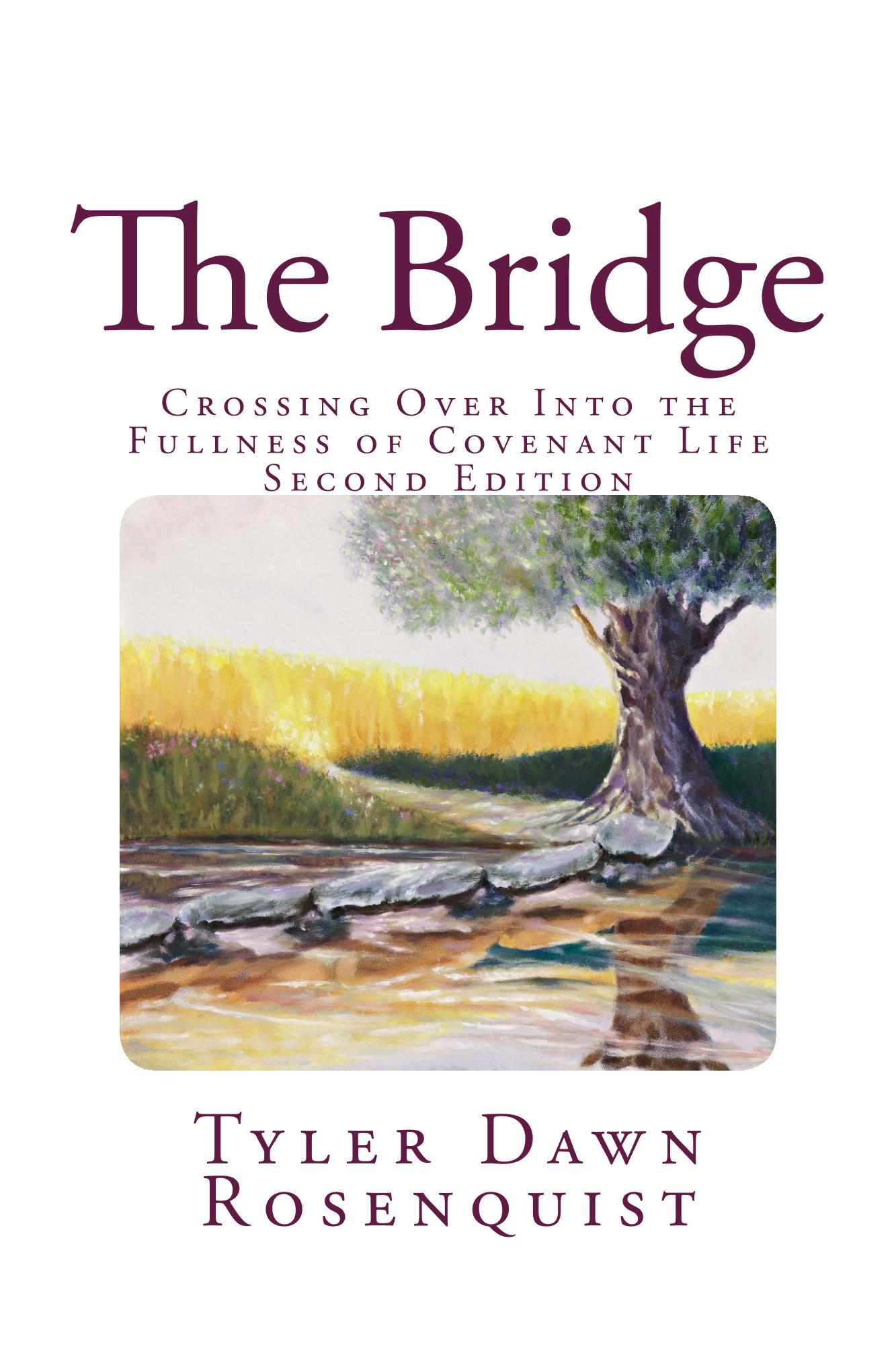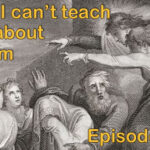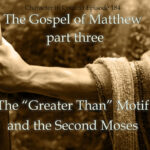Rosh HaShanah/Yom Teruah/the Feast of Trumpets is upon us and so are the memes and stories making claims that this Biblical celebration has its roots in the pagan Akitu Festival of ancient Babylon. So, this week we are going to study (1) how can we celebrate the renewal of the year in the Fall when the months begin in the Spring and what does the Bible and archaeology show us, (2) what are “German Higher Criticism” hypotheses and how have their inclusion in the 1909 Jewish Encyclopedia led to confusion within the Hebrew Roots Movement in a number of areas, (3) What is the Akitu festival, what does akitu mean, what did they do during the festival, and how long did it last as compared to Rosh HaShanah?
Oftentimes these claims of pagan origins can be deflated fairly easily by actually studying the copious amounts of archaeological data we have concerning the rites in question. At such a joyous time of year, it is a terrible scourge to see so many people making claims based on urban legends, rumors, and the kinds of “Higher Criticism” claims that led a multitude, for hundreds of years, to doubt the historical authenticity of Scripture itself.
This week’s “transcript” is actually an old blog post, so here’s the link to that.
